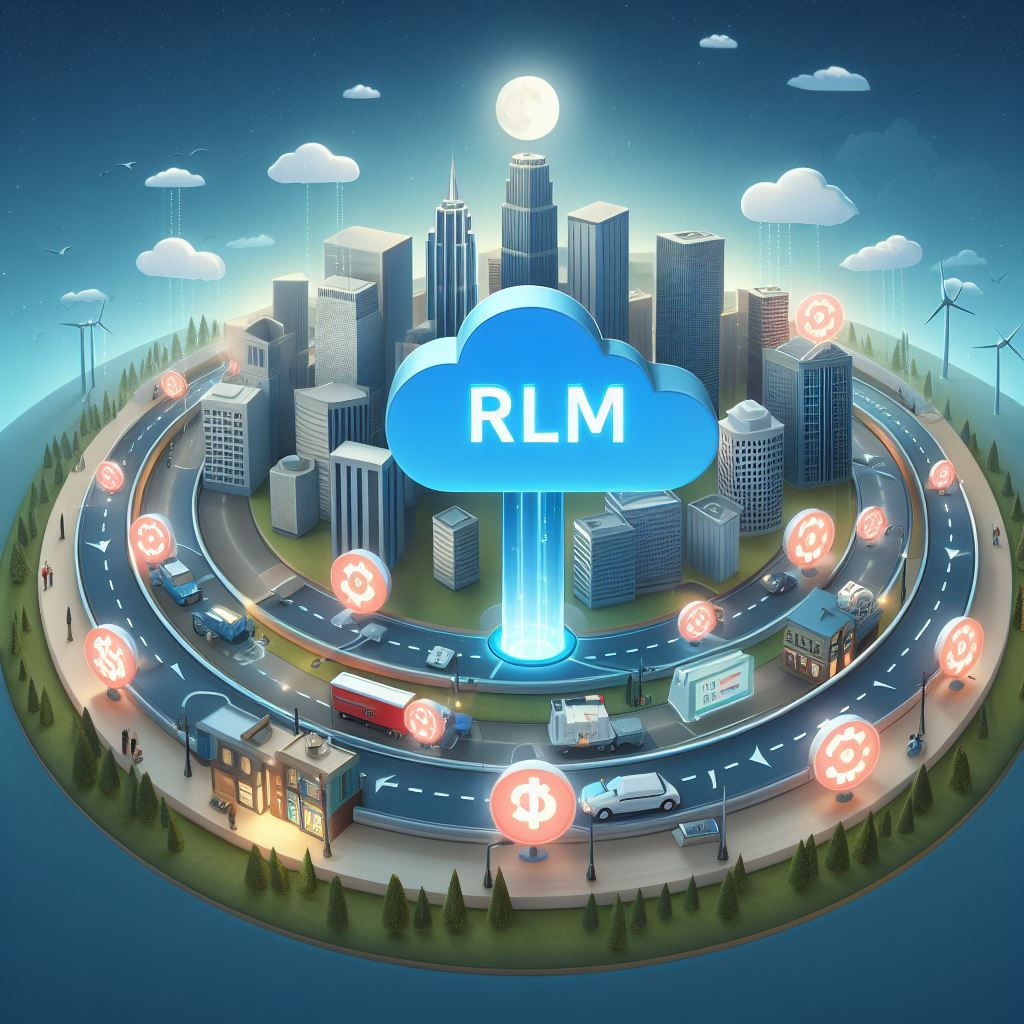Salesforce RevenueCloud Advance (previously RLM), time to get excited?
There have been rumours, whispers, discussions and suggestions for at least the last 5 years about what Salesforce is doing with Revenue Cloud, stemming from how long it has been since the last update for any of the Revenue Cloud tools. Many of us in the Revenue Cloud space had opinions about what could be done to improve it. When Subscription Management emerged, these discussions escalated, and it became clear that something was happening behind the scenes. Then, thanks to a large contract that Salesforce won, the building of the next iteration accelerated, and this started growing the excitement.
For this new solution to overcome previous issues, there were several important factors:
It needs to be on Core; the limitations of being a managed package brought to Salesforce CPQ had to go.
It needs to cover the entire revenue journey of the client, not just one section
It needs to be malleable and configurable by Admins
It needs to bring in an audit trail
It needs to be API lead
It needs headless control
AI needs to be utilised where it makes sense
So this is what they did. Salesforce built Revenue Lifecycle Management (RLM). It is still a new tool and will grow massively this year, but it is usable now for the right companies.
So, when all the modules are built, what will it include? Well, crucially, the entire lifecycle, of course! We are talking:
Dynamic pricing control
CPQ
Contract Lifecycle Management (CLM)
Billing
Integrated intelligence
This is nothing short of a rebuild using the power of the Salesforce platform, a detailed understanding of the software involved, and a wealth of experience understanding customer requirements. Such a rebuild will, and has, raised questions about the plans for current tools like CPQ and Billing (they are going nowhere) and potential future migrations. These questions are not fully answered yet and need to be kept in mind, but it makes sense to consider RLM as another tool rather than a replacement at this time.
Within RLM, each module links seamlessly into the traditional Salesforce Clouds as well as each other, meaning that you can use all the tools you already love, and the RLM tool. However, the tool offers so much more, like pulling products from your EPR, contract red-lining, seeing an audit trail of automated pricing discounts, building bespoke pricing models, and having AI suggest required contract wording changes.
As the new platform opens up and more modules become available, I will share my experience with each module. For now though, give us a shout if you would like to explore RLM, even if that is just for a discussion. As you can probably tell, I do think it is time to get excited!


